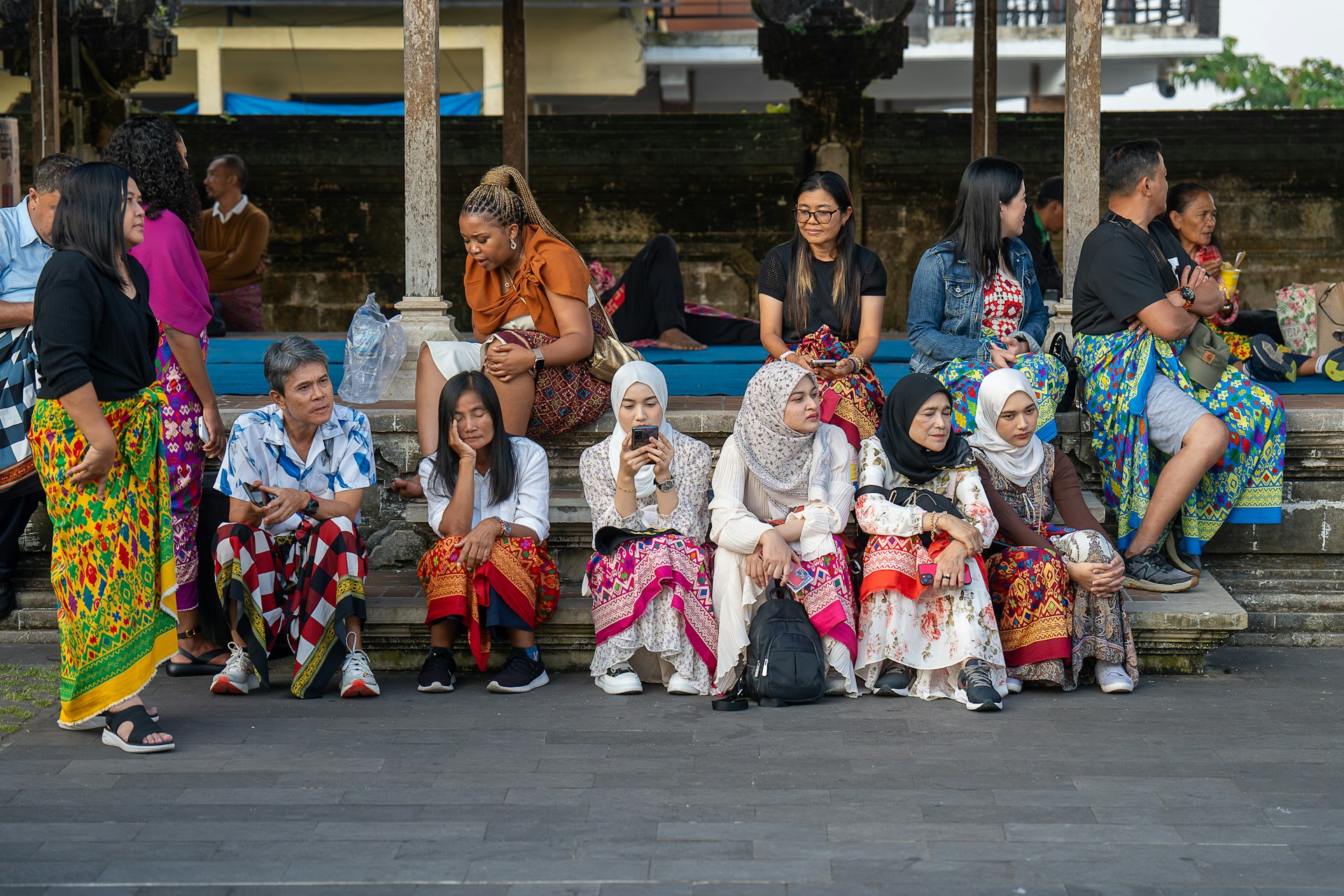Building Harmony: Practical Strategies for Navigating Cultural Differences in International Families


Photo by Mitchell Soeharsono on Unsplash
Introduction
International families, where members come from diverse cultural backgrounds, bring unique strengths and opportunities for growth. However, they also face distinct challenges that require intentional strategies to foster unity, respect, and mutual understanding. Successfully navigating cultural differences is not only possible-it can strengthen family bonds, promote resilience, and provide children with valuable life skills. This article offers actionable guidance, real-world examples, and step-by-step approaches for embracing and integrating cultural diversity within international families.
Understanding the Challenges of Cultural Diversity
Cultural differences within families often manifest in values, communication styles, discipline approaches, language use, and daily routines. These differences can enrich family life, but may also lead to misunderstandings or conflicts if not openly addressed. In multicultural families, children may sometimes feel caught between worlds, struggling to form a cohesive identity or experiencing external pressures from extended family or society [1] . Recognizing these challenges as a normal part of blending cultures is the first step toward building a harmonious family environment.
Open Communication: The Foundation of Understanding
Encouraging honest and open dialogue is essential for navigating cultural differences. Family members should be invited to share their feelings, traditions, and perspectives. Create regular opportunities-such as family meals or meetings-where everyone can express their views without judgment. When a child expresses confusion or discomfort about cultural practices, parents should validate these emotions and explore solutions collaboratively [1] . For example, one family might set aside time each week to discuss upcoming cultural holidays, allowing children to ask questions and suggest how to celebrate in ways that feel meaningful to them.
Respecting and Blending Traditions
Respect for each culture’s values and customs is key to creating a family identity that honors all backgrounds. Parents can foster this by:
- Educating children about both similarities and differences between cultures.
- Attending cultural events together or preparing traditional meals from each heritage [2] .
- Incorporating language learning into daily life, such as speaking both languages at home or sharing stories from different cultural perspectives [3] .
One practical approach is to create a family calendar that marks important holidays from both cultures. Each family member can contribute ideas for how to celebrate, ensuring everyone’s traditions are valued. This not only deepens cultural knowledge but also strengthens the family’s sense of unity.
Developing Shared Values and Flexible Parenting
While cultural backgrounds may influence parenting styles, finding common ground is vital. Parents should identify shared values-such as respect, compassion, or responsibility-and use them as the foundation for parenting decisions [1] . Flexibility is crucial: consider adapting and combining effective techniques from each culture. For example, one parent’s emphasis on independence may be balanced with another’s focus on family cohesion, creating a blended approach that works for everyone [2] .
Parents can hold regular discussions to revisit family rules and expectations, ensuring that both cultural perspectives are represented. In some cases, compromise may involve alternating which cultural tradition is observed more prominently during certain holidays or special occasions.
Empowering Children Through Self-Exploration and Identity
Children in international families benefit from opportunities to explore and celebrate their heritage. Encouraging activities like creating a family tree, sharing ancestral stories, or learning about the history and geography of each culture helps children develop a strong sense of identity [1] . Supporting bilingualism is particularly valuable, as research shows that bilingual children gain cognitive and social advantages [3] .

Photo by billow926 on Unsplash
Parents might also support their children in joining cultural clubs or language classes, or by connecting with community organizations that celebrate their family’s backgrounds. These efforts help children build pride in their multicultural heritage and navigate external pressures with confidence.
Practical Steps for Navigating Conflicts and External Pressures
Disagreements about parenting practices or cultural norms are common. To address these, families can:
- Approach conflicts with curiosity and a willingness to compromise.
- Frame cultural gaps as part of normal development, especially for children adapting to new environments [4] .
- Discuss external pressures from extended family or community openly, and decide together how to respond [2] .
If challenges persist, consider seeking guidance from professionals such as family therapists, counselors, or parenting coaches experienced in multicultural dynamics. These experts provide neutral spaces for discussion and can suggest tailored strategies for your family’s unique situation [5] . To find a qualified professional, you can contact your local mental health association, search for “multicultural family therapist” in your area, or consult your child’s school counselor for recommendations.
Alternative Approaches and Community Resources
Beyond therapy, many communities offer resources for multicultural families. These may include cultural centers, language schools, and support groups. To access these services:
- Contact your local community center or public library for information about cultural events and organizations.
- Search online using terms like “multicultural family support” or “bilingual parenting resources” along with your city or region.
- Reach out to schools, which often have diversity and inclusion coordinators who can connect families with cultural programs.
Participation in these networks provides both parents and children with opportunities to share experiences, learn from others, and find solidarity with families facing similar challenges.
Summary and Key Takeaways
Navigating cultural differences in international families requires intentionality, empathy, and a commitment to ongoing learning. By fostering open communication, blending traditions, supporting children’s identity development, and accessing community resources, families can transform challenges into opportunities for growth. Each family’s journey will be unique, but with practical strategies and a willingness to adapt, international families can thrive in a diverse and interconnected world.
References
- [1] Golden Parent (2023). Multicultural Families: Navigating Challenges of Parents and Children.
- [2] The Counselling Place (2022). Cultural Differences in Parenting: Embracing Diversity in Your Family.
- [3] Keababies (2023). Multicultural Families: Focusing on Joy, Respect and Understanding.
- [4] National Library of Medicine (2020). Cultural Orientation Gaps within a Family Systems Perspective.
- [5] Midwest Integrative (2021). Navigating Cultural Differences Within Families.